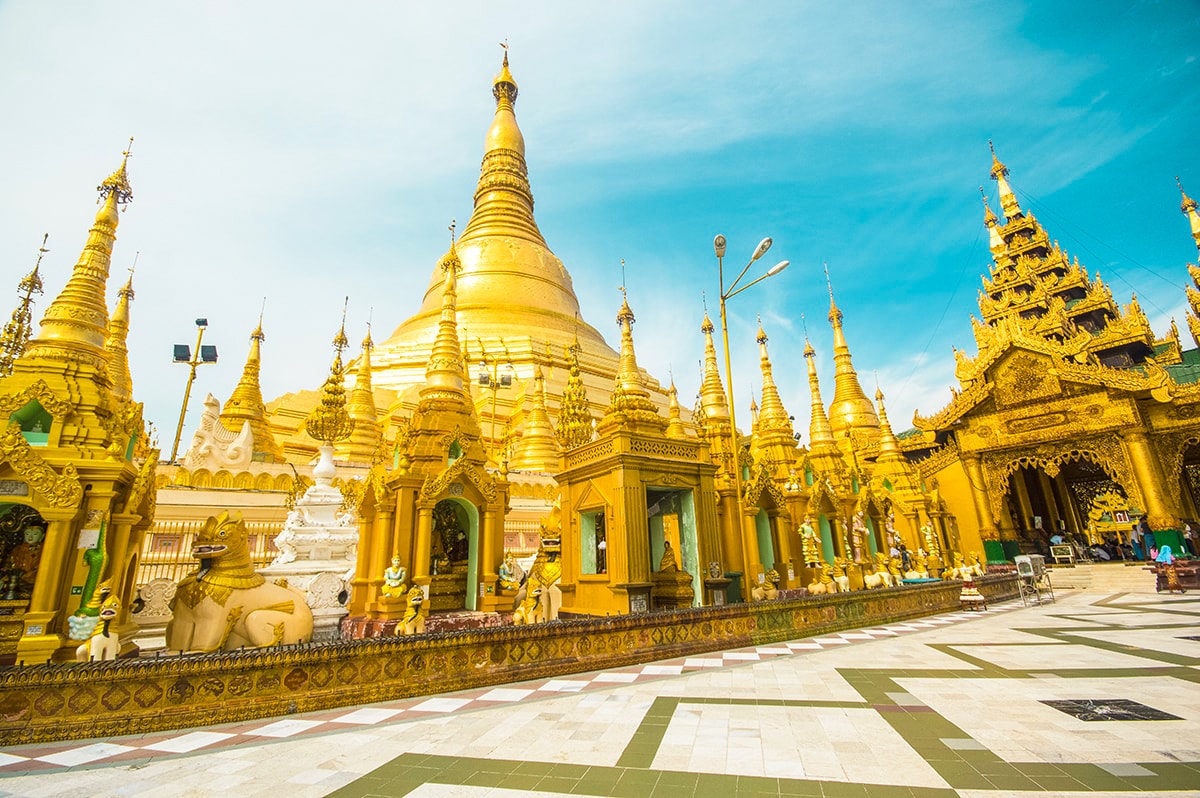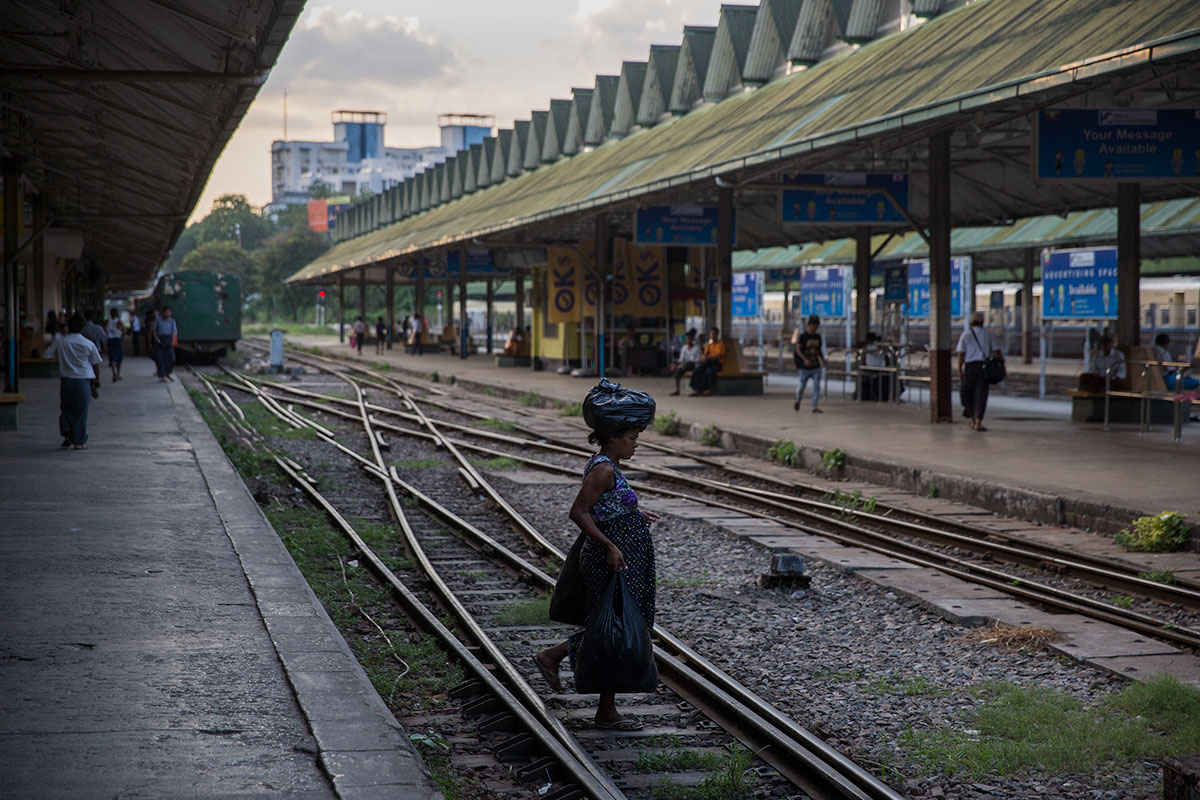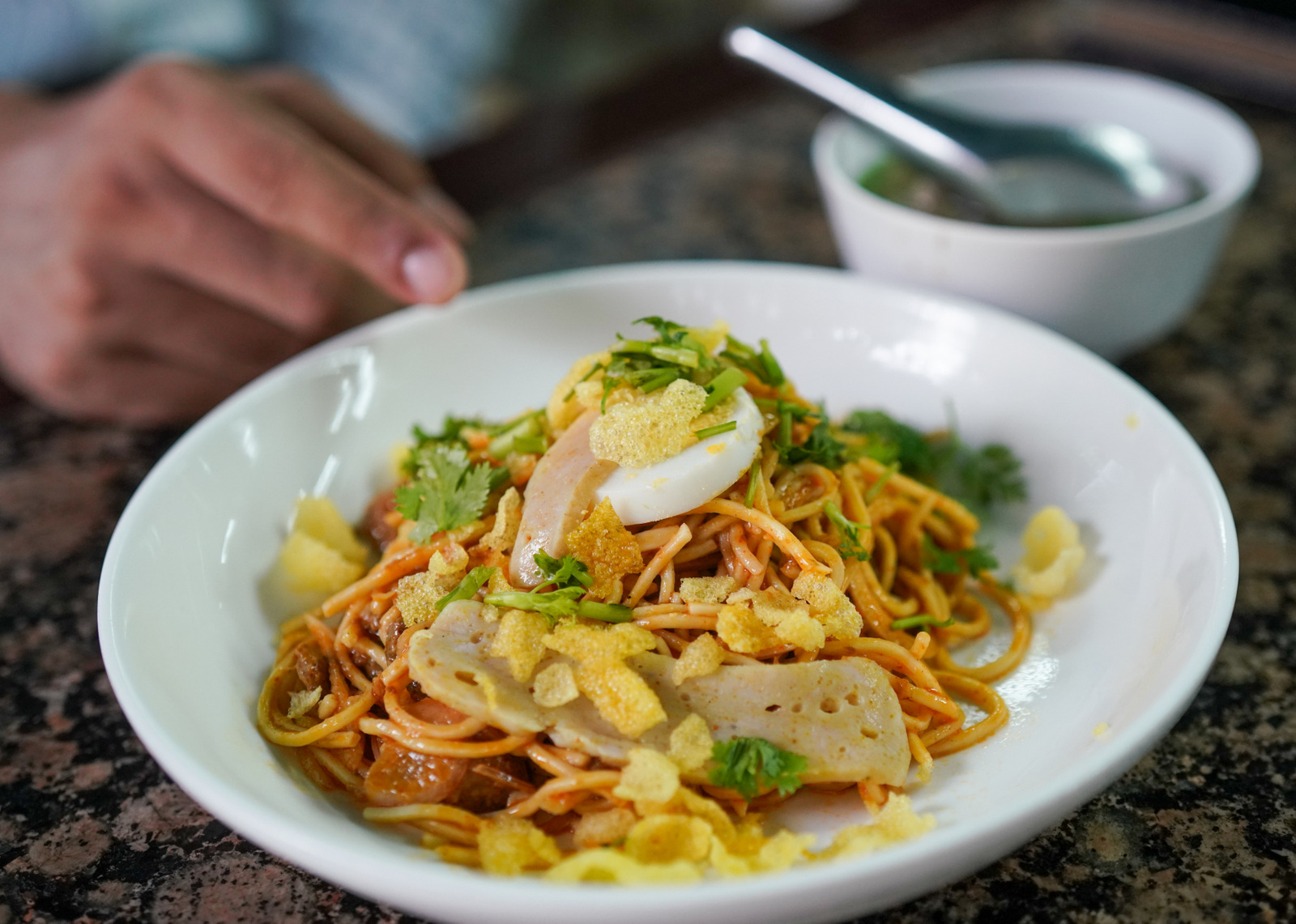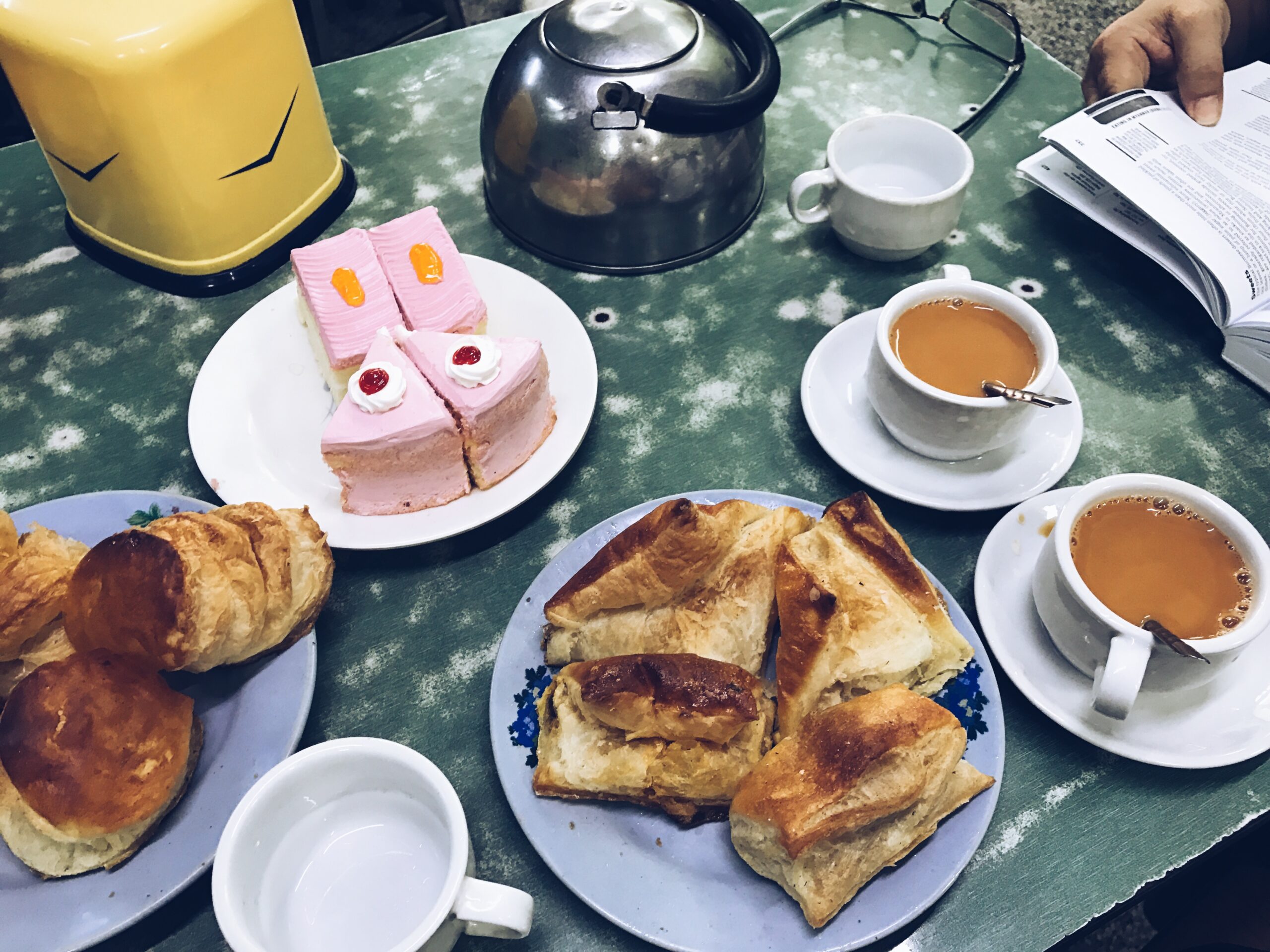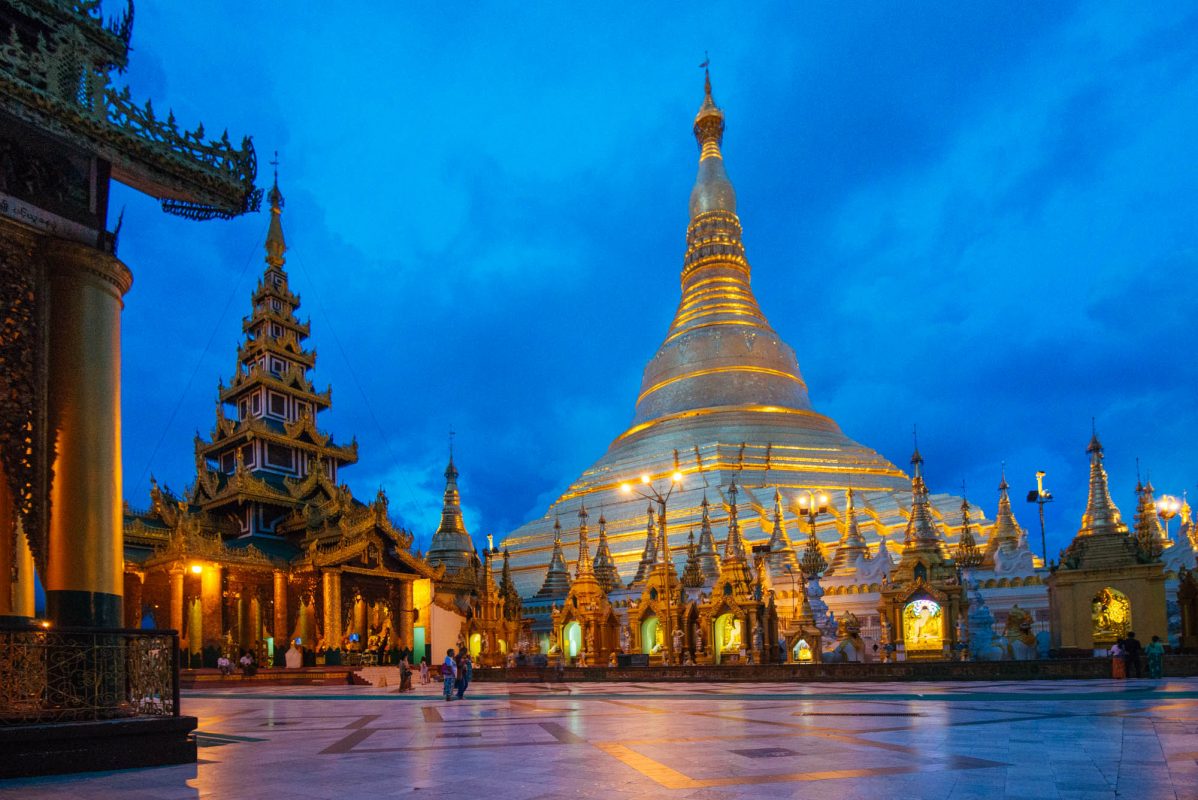THANK FOR YOUR INTEREST
We will contact you soon. How shall we contact you?
Or
Leave us you email
We will contact with you soon. How can we contact you?
YANGON – CIRCULAR TRAIN TOUR & EVENING IN SHWEDAGON
IN CONSTRUCTION
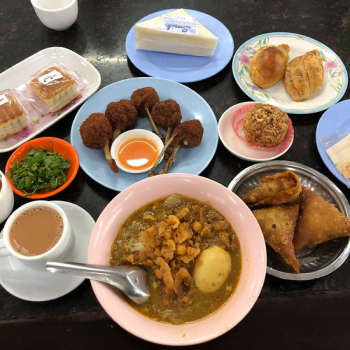

HIGHLIGHTS
– Visit one of the city’s large markets on 18th Street and taste local food such as noodles, samosas, doughnut, pancakes.
– Visit Bongalay morning market filled with stalls selling Palata (Burmese flatbread), flowers, and exotic fruits.
– Discovery tour of Yangon on the Yangon Circular Train.
– Sunset watching from he Shwedagon Pagoda with its huge golden rock.
– Evening food adventure at a small roast lined with food stalls.
– Visit the Great Burmese Kitchens to taste different types of salad and Burmese cuisines.
Get your taste buds ready for a rich adventure tour!
The day starts with a morning stroll on the 18th street to discover one of the city’s largest markets with its stalls full of local products: seasonal fruits and vegetables, fragrant spices, as well as fresh meat and fish. You’ll totally immerse in the daily routine of the locals, having breakfast with a bowl of noodles, samosas, or, if you prefer something sweeter, like a doughnut or a pancake.
After getting your belly filled, it’s time to treat your eyes to the colorful morning market of Bongalay with its stalls of Palata (Burmese flatbread), beautiful flowers, and exotic fruits.
You will then board the Yangon Circular Train for an in-depth discovery tour of Yangon and its local’s customs and traditions, all in the heart of the capital. The 1 to 2-hour train tour is the perfect opportunity to interact with the locals, learn about the Burmese lifestyle and take photos.
As your first day in Myanmar comes to an end, you will get to admire the last lights of the sunset from the Shwedagon Pagoda. Take a stroll amidst the sound of the pagoda’s ringing bells, the sing-song voice of the worshippers at the foot of the huge pagoda, and get ready to see the pagoda shine with a thousand lights.
If the sunlight has long vanished, it’s not a reason to stop our culinary adventure!
Quite the contrary, embark on an evening food adventure taking a small road full of food stalls where you can discover the different types of local food. We strongly recommend the Samosa, an unforgettable appetizer served in two different forms: soup or salad.
You will then head to a cafe where you can spend time like a local, with traditional Burmese noodle dishes and a side of Burmese coffee. Afterward, you will visit the Great Burmese Kitchens where you will get to taste different types of salad and Burmese cuisines. We will end the tour with some sweet desserts.
This culinary tour guarantees you’ll be able to taste at least ten types of dishes and snacks!
We hope you will have a perfect Burmese dining experience.
Get ready for an adventure for your taste buds! This is a day devoted to discovering traditional Burmese cuisines. You will discover various streets and market that the local frequent to enjoy delicious dishes. You will then get to embark on an in-depth discovery tour of Yangon on the Yangon Circular Train.
At the end of the day, admire a sunset from the Shwedagon Pagoda and visit its huge golden rock. In the evening, you will be taken to a small road filled with food stalls and visit the Great Burmese Kitchens to try different types of Burmese cuisines. During this culinary adventure, you are guaranteed to be able to taste at least ten types of dishes and snacks.
Useful Information
Full day
English Speaking Guide


